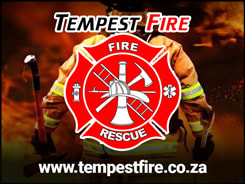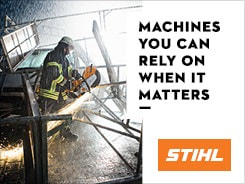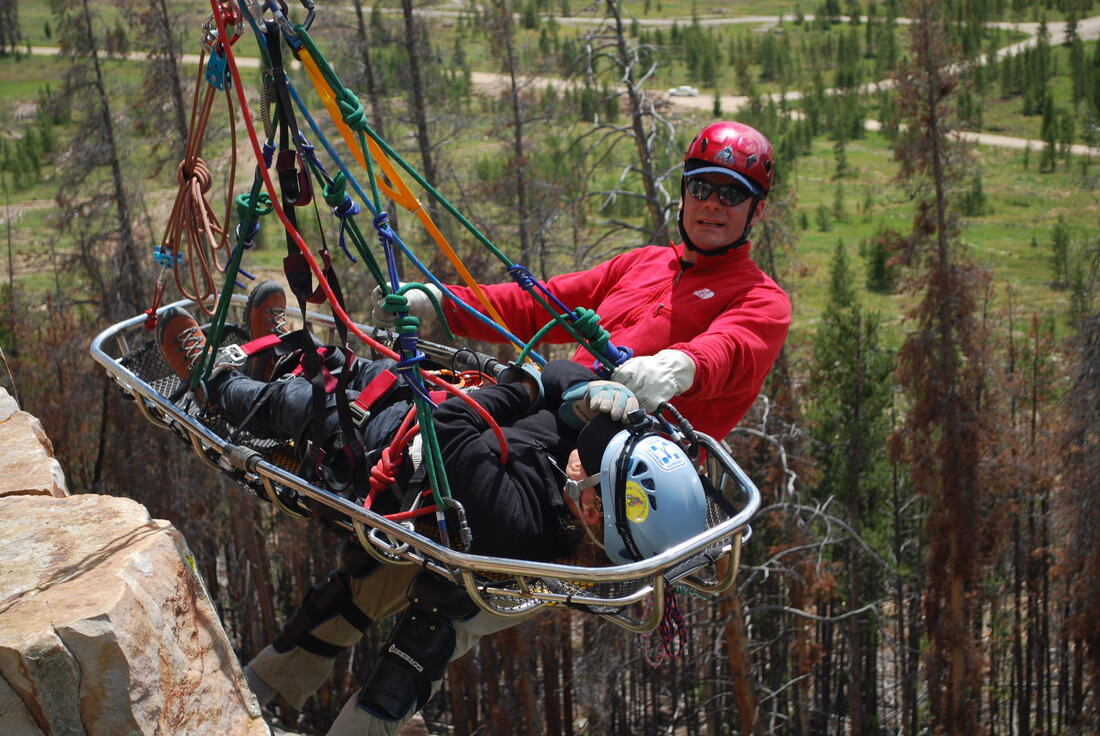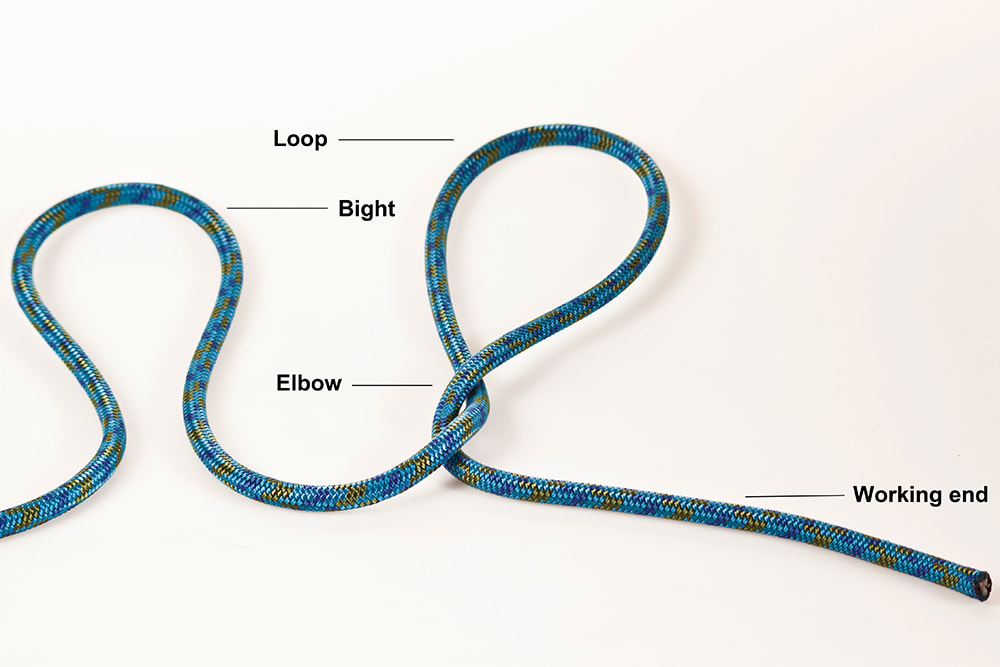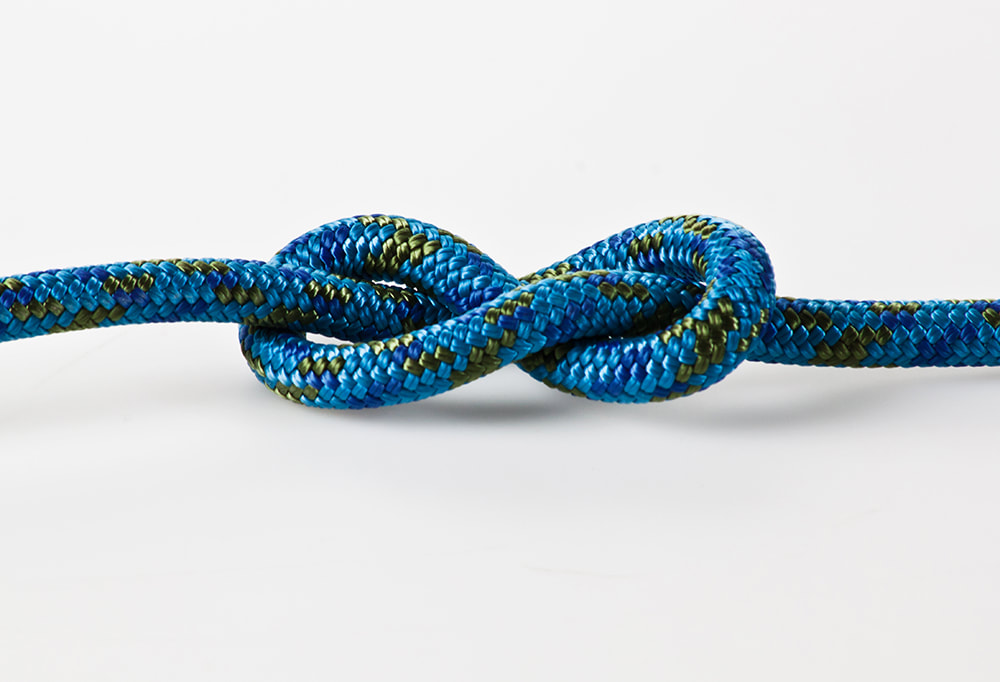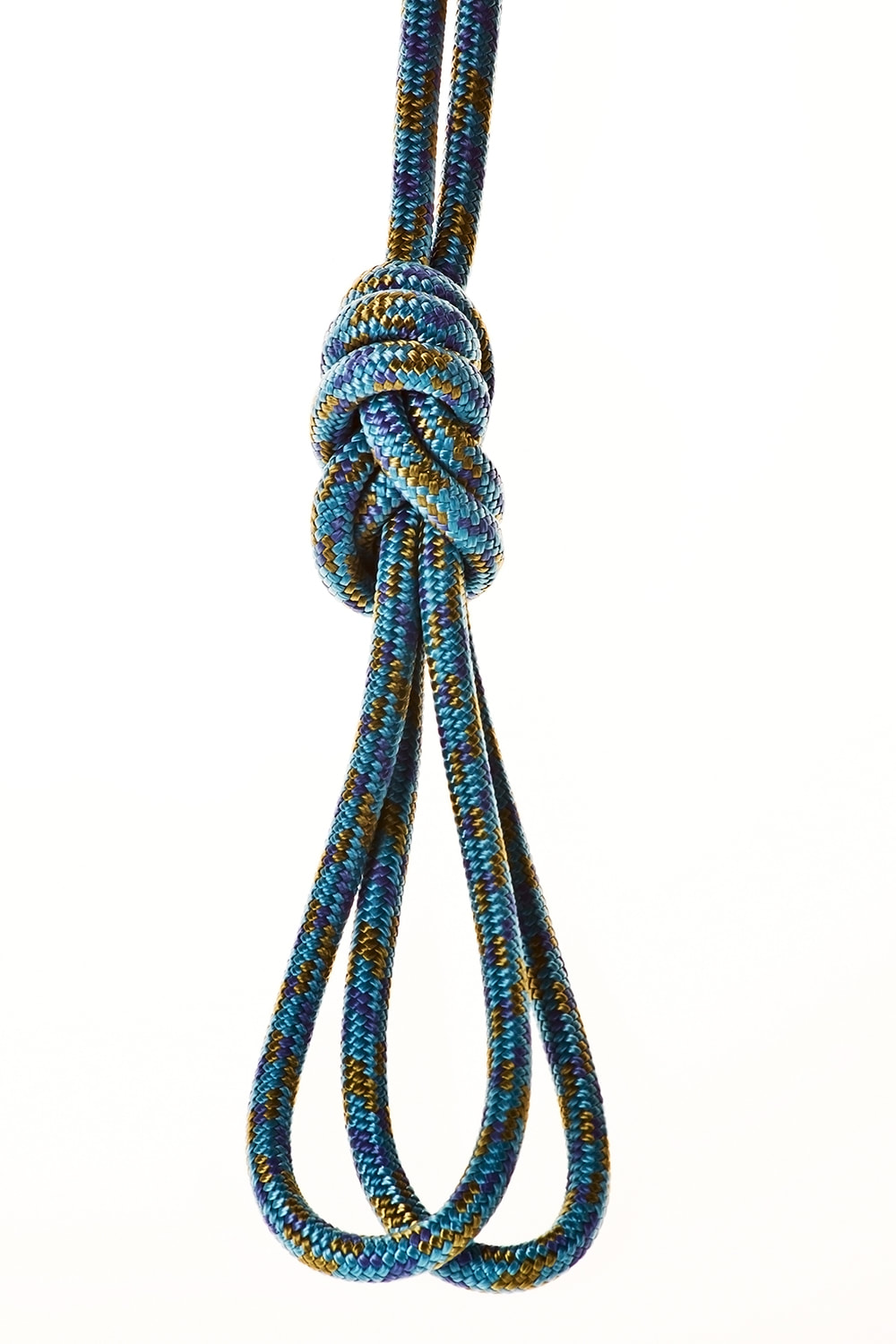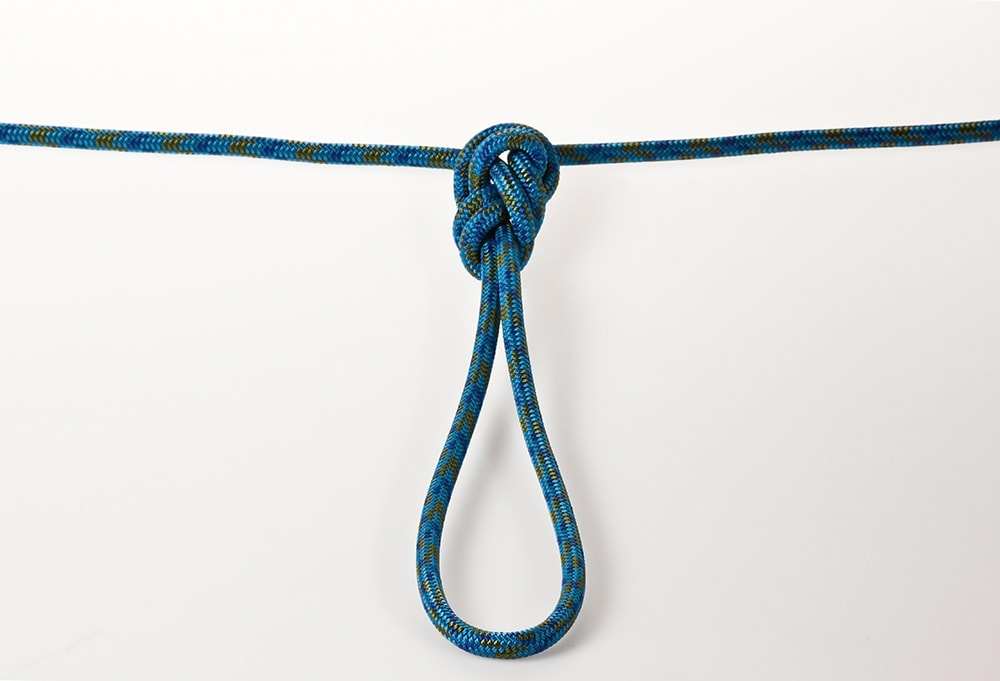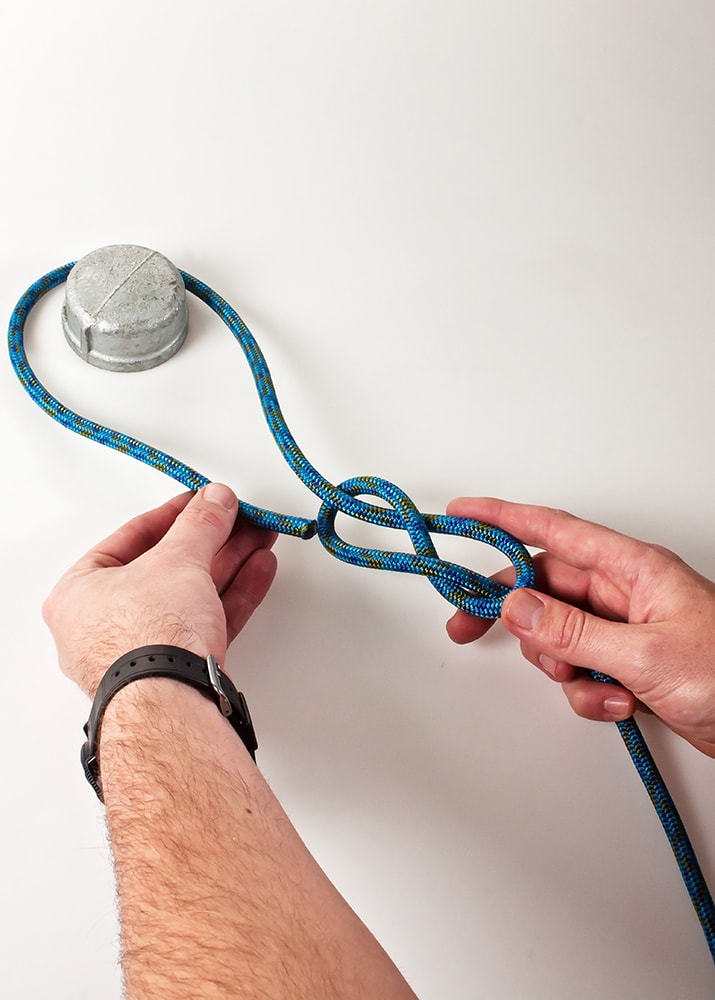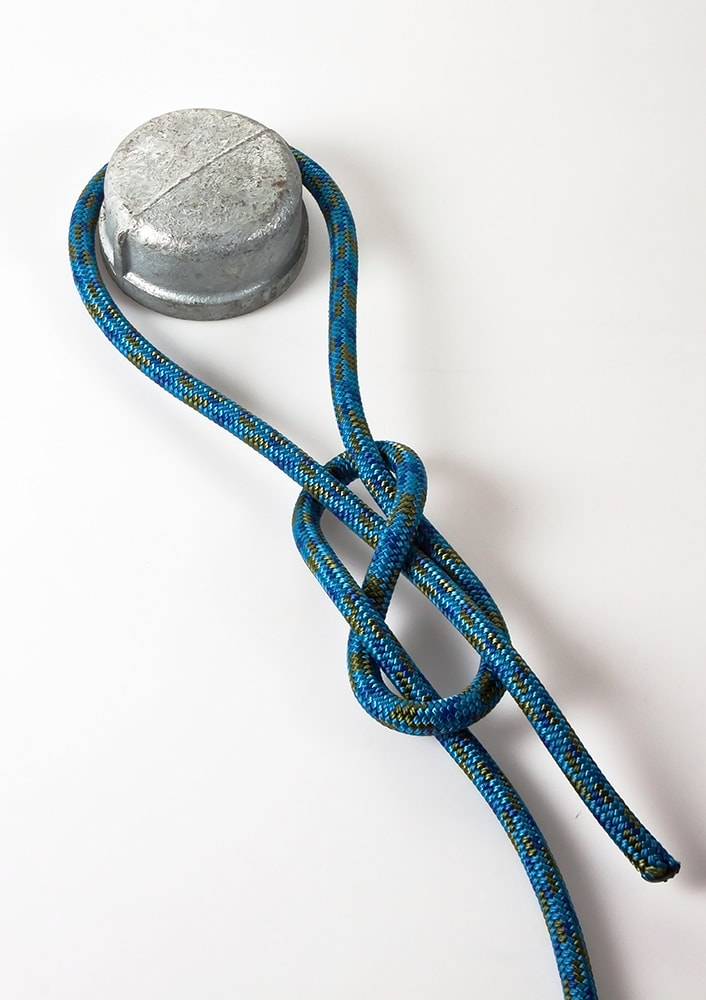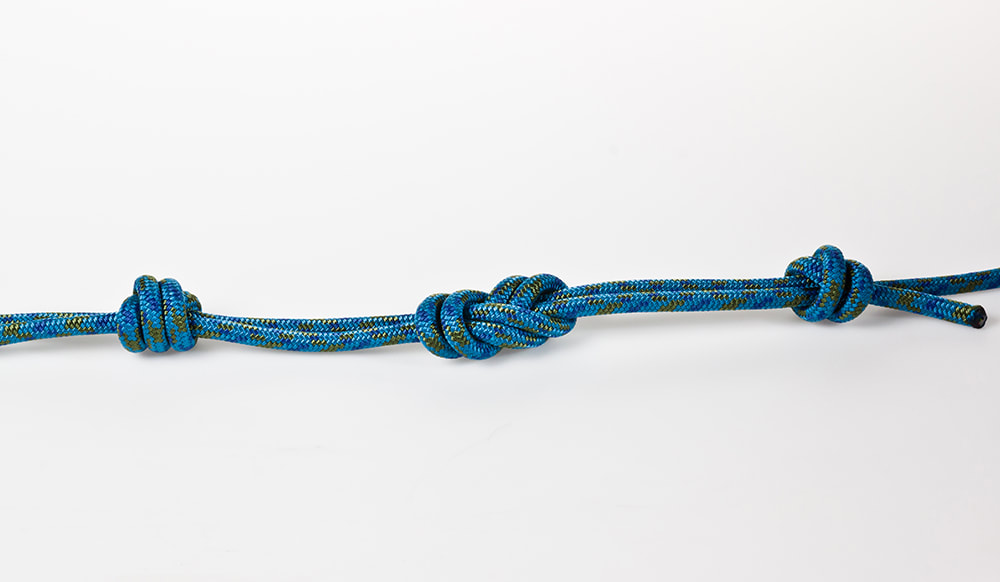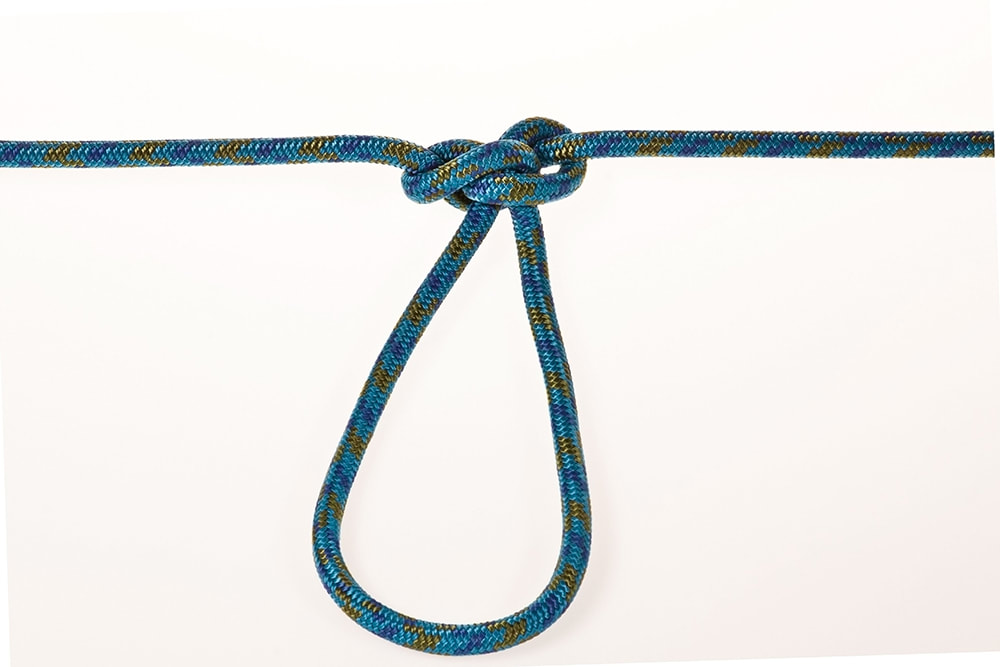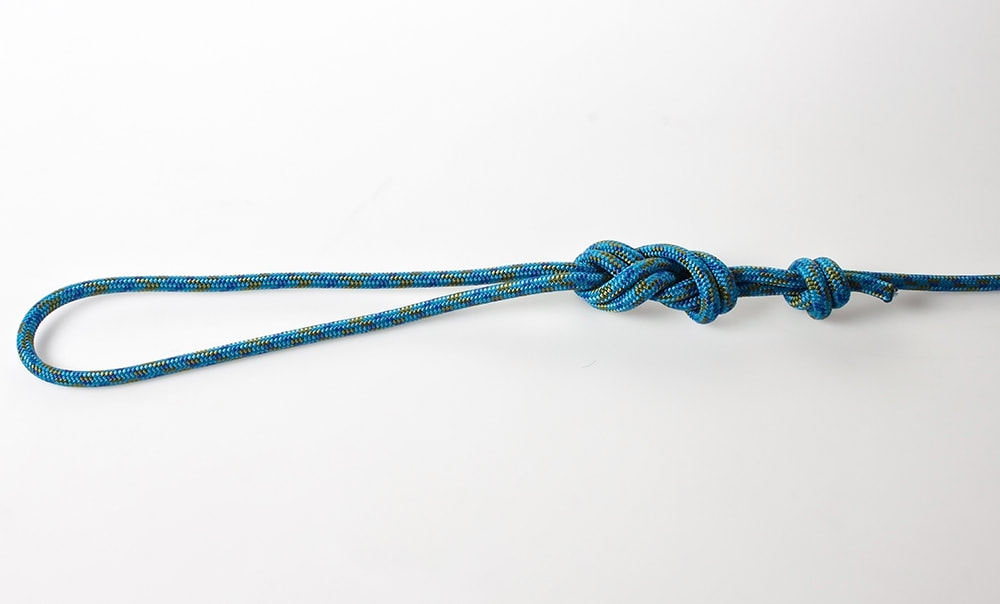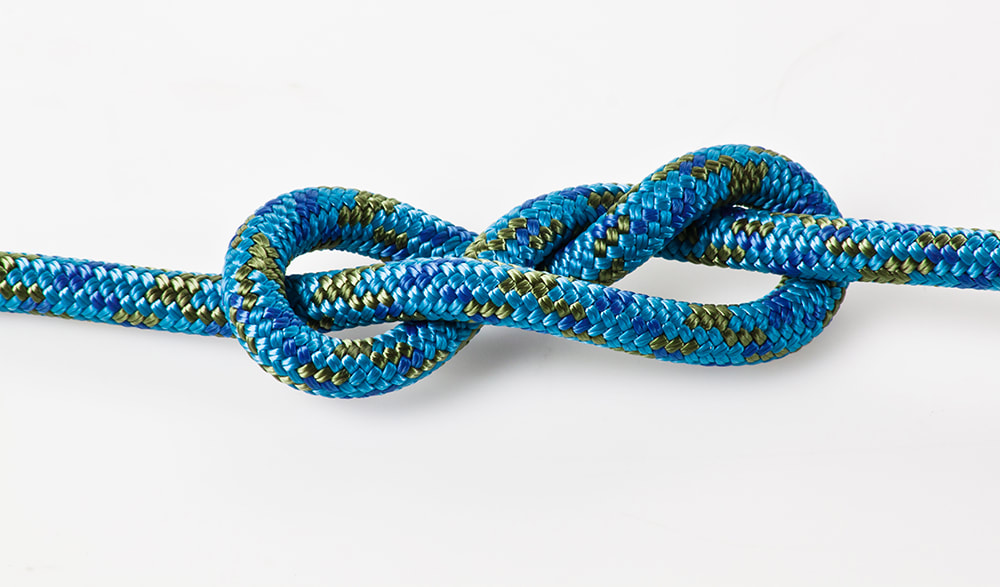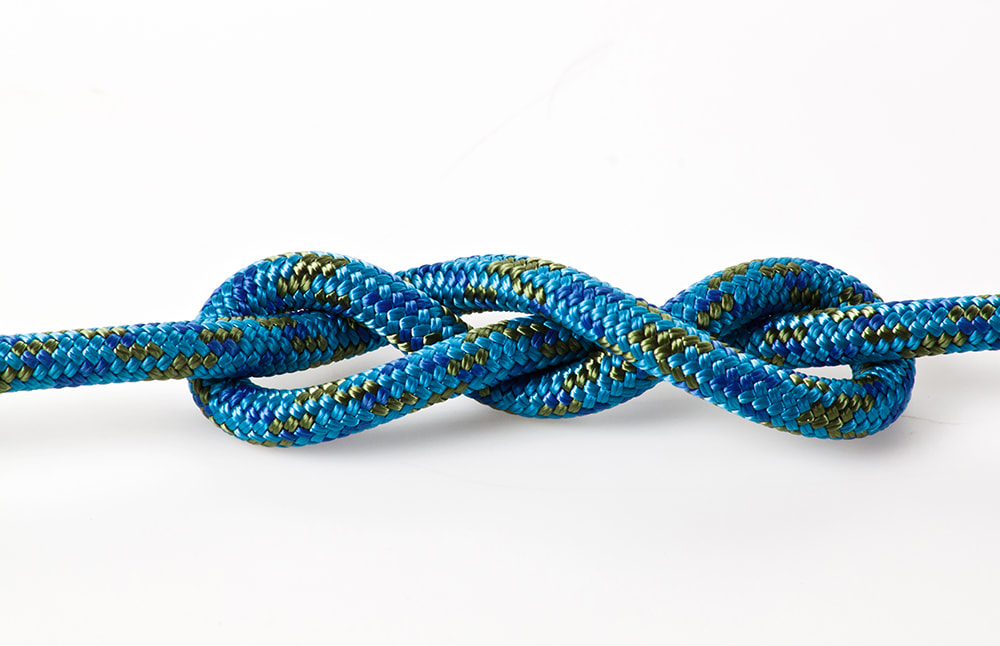- Home
- Magazines
-
Newsletters
- 19 July 2024
- 12 July 2024
- 5 July 2024
- 28 June 2024
- 14 June 2024
- 7 June 2024
- 31 May 2024
- 24 May 2024
- 17 May 2024
- 10 May 2024
- 3 May 2024
- 26 April 2024
- 19 April 2024
- 12 April 2024
- 22 March 2024
- 15 March 2024
- 8 March 2024
- 1 March 2024
- 23 February 2024
- 16 February 2024
- 9 February 2024
- 26 January 2024
- 19 January 2024
- 12 January 2024
- 22 December 2023
- 1 December 2023
- 24 November 2023
- 10 November 2023
- 3 November 2023
- 27 October 2023
- 20 October 2023
- 13 October 2023
- 6 October 2023
- 29 September 2023
- 22 September 2023
- 15 September 2023
- 8 September 2023
- 25 August 2023
- 18 August 2023
- 11 August 2023
- 4 August 2023
- 28 July 2023
- 21 July 2023
- 14 July 2023
- 7 July 2023
- 30 June 2023
- 23 June 2023
- 15 June 2023
- 2 June 2023
- 26 May 2023
- 19 May 2023
- 12 May 2023
- 5 May 2023
- 28 April 2023
- 21 April 2023
- 14 April 2023
- 6 April 2023
- 31 March 2023
- 24 March 2023
- 17 March 2023
- 10 March 2023
- 3 March 2023
- 24 February 2023
- 17 February 2023
- 10 February 2023
- 3 February 2023
- 27 January 2023
- 13 January 2023
- 22 December 2022
- 15 December 2022
- 9 December 2022
- 2 December 2022
- 25 November 2022
- 18 November 2022
- 11 November 2022
- 4 November 2022
- Advertising
- Subscribe
- Articles
-
Galleries
- AOSH Firexpo 2024
- Midvaal Fit to Fight Fire 2024
- WoF KNP 2023 Gallery
- TFA 2023 Gallery
- DMISA Conference 2023
- ETS 2023 Gallery
- Drager Fire Combat and Rescue Challenge 2023
- AOSH Firexpo 2023
- Midvaal Fit to Fight Fire
- WC IFFD 2023
- NMU 13th Fire Management Symposium 2022
- JOIFF Africa Conference 2022
- ETS 2022 Gallery
- TFA 2022 Gallery
- IFFD 2018
- SAESI
- TFA
- WRC 2018
- WRC 2019
- A-OSH/Securex
- IFE AGM 2019
- ETS Ind Fire Comp Nov 2019
- ETS Challenge 2021
- Drager launch
- Drager Fire Combat and Rescue Challenge 2022
- TFA
- Contact
- Home
- Magazines
-
Newsletters
- 19 July 2024
- 12 July 2024
- 5 July 2024
- 28 June 2024
- 14 June 2024
- 7 June 2024
- 31 May 2024
- 24 May 2024
- 17 May 2024
- 10 May 2024
- 3 May 2024
- 26 April 2024
- 19 April 2024
- 12 April 2024
- 22 March 2024
- 15 March 2024
- 8 March 2024
- 1 March 2024
- 23 February 2024
- 16 February 2024
- 9 February 2024
- 26 January 2024
- 19 January 2024
- 12 January 2024
- 22 December 2023
- 1 December 2023
- 24 November 2023
- 10 November 2023
- 3 November 2023
- 27 October 2023
- 20 October 2023
- 13 October 2023
- 6 October 2023
- 29 September 2023
- 22 September 2023
- 15 September 2023
- 8 September 2023
- 25 August 2023
- 18 August 2023
- 11 August 2023
- 4 August 2023
- 28 July 2023
- 21 July 2023
- 14 July 2023
- 7 July 2023
- 30 June 2023
- 23 June 2023
- 15 June 2023
- 2 June 2023
- 26 May 2023
- 19 May 2023
- 12 May 2023
- 5 May 2023
- 28 April 2023
- 21 April 2023
- 14 April 2023
- 6 April 2023
- 31 March 2023
- 24 March 2023
- 17 March 2023
- 10 March 2023
- 3 March 2023
- 24 February 2023
- 17 February 2023
- 10 February 2023
- 3 February 2023
- 27 January 2023
- 13 January 2023
- 22 December 2022
- 15 December 2022
- 9 December 2022
- 2 December 2022
- 25 November 2022
- 18 November 2022
- 11 November 2022
- 4 November 2022
- Advertising
- Subscribe
- Articles
-
Galleries
- AOSH Firexpo 2024
- Midvaal Fit to Fight Fire 2024
- WoF KNP 2023 Gallery
- TFA 2023 Gallery
- DMISA Conference 2023
- ETS 2023 Gallery
- Drager Fire Combat and Rescue Challenge 2023
- AOSH Firexpo 2023
- Midvaal Fit to Fight Fire
- WC IFFD 2023
- NMU 13th Fire Management Symposium 2022
- JOIFF Africa Conference 2022
- ETS 2022 Gallery
- TFA 2022 Gallery
- IFFD 2018
- SAESI
- TFA
- WRC 2018
- WRC 2019
- A-OSH/Securex
- IFE AGM 2019
- ETS Ind Fire Comp Nov 2019
- ETS Challenge 2021
- Drager launch
- Drager Fire Combat and Rescue Challenge 2022
- TFA
- Contact
|
26 January 2024
|
Featured FRI Magazine article: Technical search, using technology to find trapped victims - with some help from man’s best friend by Colin Deiner (FRI Vol 1 no 11)
This week’s featured Fire and Rescue International magazine article is: Rope rescue: knots by the numbers by Schalk van der Merwe (FRI Vol 1 no 11). We will be sharing more technical/research/tactical articles from Fire and Rescue International magazine on a weekly basis with our readers to assist in technology transfer. This will hopefully create an increased awareness, providing you with hands-on advice and guidance. All our magazines are available free of charge in PDF format on our website and online at ISSUU. We also provide all technical articles as a free download in our article archive on our website.
Rope rescue: knots by the numbers
By Schalk van der Merwe, lecturer, Cape Peninsula University of Technology, Department Emergency Medical Sciences
The static Kernmantle rope used for rescue consists of two mayor parts, the core that is the inner part and the mantle the outer cover that serves as protection for the core. The core is responsible for approximately 70 percent to 80 percent of the load to be carried and the mantle the balance at between 20 percent to 30 percent. The exact numbers will be manufacturer dependant.
When you bend the Kernmantle rope, consider the ‘four-to-one’ rule so to ensure equal distribution of the load throughout the entire rope. The ‘four-to-one’ rule means that when we bend an 11mm rope, the bend diameter should be 44mm. When the rope bends beyond the ‘four-to-one’ rule, a stress concentration is created as what can be seen over a screw-link/carabiner or within the twists and turns of the knots we use in rescue.
This stress concentration is focused on the outside core, which will be stretched along with the outer mantle around the bend; whereas the inner parts of the rope will have to be bunched up. This is identical to what is seen when you bend your finger with the skin over the knuckles: it stretches and thins hence why your knuckles appears whiter and the crumpling of the skin at the bottom of your finger. A stress concentration will result in an uneven distribution of the load throughout the rope.
The tying of knots is not just about having nimble dexterity; there are critical underlying concepts in the tying of a knot. Understanding stress concentrations allows the rescuer to grasp how the introduction of knots into the rope reduces the efficiency; however, this reduction is only in effect so long as the knot is in place, with the rope returning to its original rated strength once you remove the knots from the system. These stress concentrations can be minimised by tying the appropriate knot and dressing it prior to loading the knot. A good knot will minimise stress concentrations by spreading the frictional force over a greater surface area within itself, resulting in improved efficiency over another knot for instance. Knot dressing is in essence the manipulation of the loops and lines within a knot as not to run across each other but rather parallel and a worthwhile investment in safety and performance of our knots. It has been found that the failure to dress knots could contribute to a 50 percent reduction is the knots initial efficiency.
These efficiency losses will not have a compounding affect. The system efficiency can be determined by identifying the weakest knot within the system. For example, the system efficiency will be 100 percent (no loss in rating) by making use of a tensionless hitch as an anchor. This is because the knot at the end of the line is not bearing any load. The anchoring line the system efficiency will be reduced to 80 percent, should you make use of a figure of eight on a bight.
As mentioned earlier, different knots have different efficiencies due to the bends that were created by their construction. This also varies with the type of rope used and the condition of the rope ie wet versus dry. For instance, nylon rope can lose up to 15 percent of its strength when wet. Rope and webbing configuration lend themselves to being inherently tight or inherently loose. Construction materials and the stretch of these materials, such as nylon, tend to tighten some configurations (double fisherman’s, alpine butterfly and figure of eight on a bight), while loosening others (bowline and clove hitch). Understanding this vital element regarding knots assists us in understanding the need for safety knots.
It remains good practice to make use of safety knots irrespective of the inherent characteristics of the knots used in rescue operations. The fisherman’s bend and the figure of eight are the most common safety knots I have seen used.
The Ashley book of knots -1944- ABoK numbering will be used for clarity due to the nebulous nature of naming knots. For instance, the figure-eight loop is also known as the Flemish loop, Flemish eight or the figure of eight on a bight, which is perhaps the most commonly used. However, despite the regional terminology, a single ABoK number of #1047 for figure of eight on a bight exists. The ABoK numbering system will also assist you when exploring the fascinating world of knots.
Knotting by numbers
The foundation of rope rescue was built on the figure of eight knot (ABoK # 420) and the subsequent variations or “evolution” of the figure of eight. After all, it is only a turn and a half around itself! The figure of eight is an excellent safety knot as it prevents the line from running through the device and an indication that the end of the line is approaching. The family of figure of eight knots is widely accepted within the rescue community and have since evolved into the figure of nine and the subsequent figure of ten knot. Some of the popular knots within this family are as follows:
Figure of eight on a bight
The figure of eight on a bight knot (ABoK #1047) is often used as an anchoring knot within the system. Anchor dependent, the double loop figure of eight, a variation of the usual knot, is a very efficient knot by between 77 percent to 80 percent. The double loop figure of eight is also a popular choice when constructing an equalised anchor and litter rigging. Cross loading these knots by loading it end to end instead of from the loop(s), will cause a significant loss in efficiency by approximately 56 percent.
Follow through figure of eight (not the same as a Flemish bend)
The follow through (ABoK #1047) is essentially the same as the figure of eight on a bight including its efficiency but threaded in reverse (rewoven with parallel ends), typically around a single anchor point or through your harness. The follow through figure of eight often requires a safety knot. The Flemish bend or figure of eight bend (ABoK #1411) is typically used to join ropes. The Flemish bend has been punted as being more secure as the popularly used knot within the fire service such as the sheet bend. The Flemish bend differs from the follow through figure of eight by means of threading opposing ends. Safety knots are mandatory should you use this for rescue purposes. The efficiency of the figure of eight bend is yet to be established as results range from 50 percent to 81 percent.
Inline figure of eight and Alpine butterfly
The inline figure of eight (ABoK #1058), also known as a directional figure of eight, is commonly referred to as a loop knot and used often therefore its pairing with the Alpine butterfly knot (ABoK #1053) as many technicians use them interchangeably with the inline figure of eight also being made on a bight. The inline figure of eight is designed for an unidirectional load and thus having limited functionality. The Alpine butterfly has gained great popularity at the expense of the inline figure of eight mostly because of the efficiency of the working end. Both loops, when loaded, have 75 percent efficiency, where the butterfly trumps the directional eight by being able to multi-directional (three directions) load, thus voiding the possibility to be cross loaded. These loops are often used at the point of the stretcher and jockey, where the jockey has the ability to manoeuvre below the tender (single person load).
This indicates that one should consider the efficiency of the knot when pulled end to end irrespective if there is load on the loop or not. The inline figure of eight has a dismal efficiency of 59 percent compared to that of the Alpine Butterfly at 69 percent. The location of the knot could be very useful and under minimal (single person) load when used as Jockey attachment onto the tender.
Figure of nine
The figure of nine knot without a loop is shown here for the purpose of clarity. The figure of nine (ABoK #521) on a bight hasn’t yet made significant inroads within the professional rope rescue fraternity but is a stern favourite amongst cavers. There should be less stress concentrations within the knot due to the additional half-turn (before finishing) within this knot, consequently improving its efficiency, which ranges from 69 percent to 84 percent. By cross loading the figure of nine loop, it will have similar efficiency as a cross loaded figure of eight on a bight ie 55 percent
The figure of nine loop uses extra rope to construct making this knot bulkier, but less likely to jam, and possibly easier to untie. It would be a useful knot to add to the repertoire of knots for rescue and is reported to be useful in smaller, more flexible diameter ropes.
Figure of ten
If one looks at the progression of the figure of eight to the figure of nine with the addition of a half turn, it is expected that a full turn prior to finishing the knot, will result in the figure of ten. It has the inherent characteristics of the figure of nine, which is accentuated by the figure of ten on a bight by the significant increase in rope used for its construction. This knot is very bulky in comparison to the figure of eight and nine. The efficiency of the figure of ten would be approximately 73 to 87%5. The figure of ten, despite its stated drawbacks, successfully spreads the frictional force over a greater surface area by means of the additional turns within the knot.
In conclusion
A good knot has certain characteristics:
Make sure you are aware of the knot skills-set requirements for your organisation and, as goes for most technical skills, use it or lose it! I certainly encourage combined training events with allied services, as this is a great way to encourage skills retention and cross pollination of skills/techniques by rescue personnel.
Practice makes perfect!
Rope rescue: knots by the numbers
By Schalk van der Merwe, lecturer, Cape Peninsula University of Technology, Department Emergency Medical Sciences
The static Kernmantle rope used for rescue consists of two mayor parts, the core that is the inner part and the mantle the outer cover that serves as protection for the core. The core is responsible for approximately 70 percent to 80 percent of the load to be carried and the mantle the balance at between 20 percent to 30 percent. The exact numbers will be manufacturer dependant.
When you bend the Kernmantle rope, consider the ‘four-to-one’ rule so to ensure equal distribution of the load throughout the entire rope. The ‘four-to-one’ rule means that when we bend an 11mm rope, the bend diameter should be 44mm. When the rope bends beyond the ‘four-to-one’ rule, a stress concentration is created as what can be seen over a screw-link/carabiner or within the twists and turns of the knots we use in rescue.
This stress concentration is focused on the outside core, which will be stretched along with the outer mantle around the bend; whereas the inner parts of the rope will have to be bunched up. This is identical to what is seen when you bend your finger with the skin over the knuckles: it stretches and thins hence why your knuckles appears whiter and the crumpling of the skin at the bottom of your finger. A stress concentration will result in an uneven distribution of the load throughout the rope.
The tying of knots is not just about having nimble dexterity; there are critical underlying concepts in the tying of a knot. Understanding stress concentrations allows the rescuer to grasp how the introduction of knots into the rope reduces the efficiency; however, this reduction is only in effect so long as the knot is in place, with the rope returning to its original rated strength once you remove the knots from the system. These stress concentrations can be minimised by tying the appropriate knot and dressing it prior to loading the knot. A good knot will minimise stress concentrations by spreading the frictional force over a greater surface area within itself, resulting in improved efficiency over another knot for instance. Knot dressing is in essence the manipulation of the loops and lines within a knot as not to run across each other but rather parallel and a worthwhile investment in safety and performance of our knots. It has been found that the failure to dress knots could contribute to a 50 percent reduction is the knots initial efficiency.
These efficiency losses will not have a compounding affect. The system efficiency can be determined by identifying the weakest knot within the system. For example, the system efficiency will be 100 percent (no loss in rating) by making use of a tensionless hitch as an anchor. This is because the knot at the end of the line is not bearing any load. The anchoring line the system efficiency will be reduced to 80 percent, should you make use of a figure of eight on a bight.
As mentioned earlier, different knots have different efficiencies due to the bends that were created by their construction. This also varies with the type of rope used and the condition of the rope ie wet versus dry. For instance, nylon rope can lose up to 15 percent of its strength when wet. Rope and webbing configuration lend themselves to being inherently tight or inherently loose. Construction materials and the stretch of these materials, such as nylon, tend to tighten some configurations (double fisherman’s, alpine butterfly and figure of eight on a bight), while loosening others (bowline and clove hitch). Understanding this vital element regarding knots assists us in understanding the need for safety knots.
It remains good practice to make use of safety knots irrespective of the inherent characteristics of the knots used in rescue operations. The fisherman’s bend and the figure of eight are the most common safety knots I have seen used.
The Ashley book of knots -1944- ABoK numbering will be used for clarity due to the nebulous nature of naming knots. For instance, the figure-eight loop is also known as the Flemish loop, Flemish eight or the figure of eight on a bight, which is perhaps the most commonly used. However, despite the regional terminology, a single ABoK number of #1047 for figure of eight on a bight exists. The ABoK numbering system will also assist you when exploring the fascinating world of knots.
Knotting by numbers
The foundation of rope rescue was built on the figure of eight knot (ABoK # 420) and the subsequent variations or “evolution” of the figure of eight. After all, it is only a turn and a half around itself! The figure of eight is an excellent safety knot as it prevents the line from running through the device and an indication that the end of the line is approaching. The family of figure of eight knots is widely accepted within the rescue community and have since evolved into the figure of nine and the subsequent figure of ten knot. Some of the popular knots within this family are as follows:
Figure of eight on a bight
The figure of eight on a bight knot (ABoK #1047) is often used as an anchoring knot within the system. Anchor dependent, the double loop figure of eight, a variation of the usual knot, is a very efficient knot by between 77 percent to 80 percent. The double loop figure of eight is also a popular choice when constructing an equalised anchor and litter rigging. Cross loading these knots by loading it end to end instead of from the loop(s), will cause a significant loss in efficiency by approximately 56 percent.
Follow through figure of eight (not the same as a Flemish bend)
The follow through (ABoK #1047) is essentially the same as the figure of eight on a bight including its efficiency but threaded in reverse (rewoven with parallel ends), typically around a single anchor point or through your harness. The follow through figure of eight often requires a safety knot. The Flemish bend or figure of eight bend (ABoK #1411) is typically used to join ropes. The Flemish bend has been punted as being more secure as the popularly used knot within the fire service such as the sheet bend. The Flemish bend differs from the follow through figure of eight by means of threading opposing ends. Safety knots are mandatory should you use this for rescue purposes. The efficiency of the figure of eight bend is yet to be established as results range from 50 percent to 81 percent.
Inline figure of eight and Alpine butterfly
The inline figure of eight (ABoK #1058), also known as a directional figure of eight, is commonly referred to as a loop knot and used often therefore its pairing with the Alpine butterfly knot (ABoK #1053) as many technicians use them interchangeably with the inline figure of eight also being made on a bight. The inline figure of eight is designed for an unidirectional load and thus having limited functionality. The Alpine butterfly has gained great popularity at the expense of the inline figure of eight mostly because of the efficiency of the working end. Both loops, when loaded, have 75 percent efficiency, where the butterfly trumps the directional eight by being able to multi-directional (three directions) load, thus voiding the possibility to be cross loaded. These loops are often used at the point of the stretcher and jockey, where the jockey has the ability to manoeuvre below the tender (single person load).
This indicates that one should consider the efficiency of the knot when pulled end to end irrespective if there is load on the loop or not. The inline figure of eight has a dismal efficiency of 59 percent compared to that of the Alpine Butterfly at 69 percent. The location of the knot could be very useful and under minimal (single person) load when used as Jockey attachment onto the tender.
Figure of nine
The figure of nine knot without a loop is shown here for the purpose of clarity. The figure of nine (ABoK #521) on a bight hasn’t yet made significant inroads within the professional rope rescue fraternity but is a stern favourite amongst cavers. There should be less stress concentrations within the knot due to the additional half-turn (before finishing) within this knot, consequently improving its efficiency, which ranges from 69 percent to 84 percent. By cross loading the figure of nine loop, it will have similar efficiency as a cross loaded figure of eight on a bight ie 55 percent
The figure of nine loop uses extra rope to construct making this knot bulkier, but less likely to jam, and possibly easier to untie. It would be a useful knot to add to the repertoire of knots for rescue and is reported to be useful in smaller, more flexible diameter ropes.
Figure of ten
If one looks at the progression of the figure of eight to the figure of nine with the addition of a half turn, it is expected that a full turn prior to finishing the knot, will result in the figure of ten. It has the inherent characteristics of the figure of nine, which is accentuated by the figure of ten on a bight by the significant increase in rope used for its construction. This knot is very bulky in comparison to the figure of eight and nine. The efficiency of the figure of ten would be approximately 73 to 87%5. The figure of ten, despite its stated drawbacks, successfully spreads the frictional force over a greater surface area by means of the additional turns within the knot.
In conclusion
A good knot has certain characteristics:
- Easy to tie
- Easy to identify
- Secure once tied and wouldn’t slip under load
- Maximum efficiency (minimises the loss in overall rope strength)
Make sure you are aware of the knot skills-set requirements for your organisation and, as goes for most technical skills, use it or lose it! I certainly encourage combined training events with allied services, as this is a great way to encourage skills retention and cross pollination of skills/techniques by rescue personnel.
Practice makes perfect!
Quick navigation
Social
|
Who are we?FRI Media (Pty) Ltd is an independent publisher of technical magazines including the well-read and respected Fire and Rescue International, its weekly FRI Newsletter and the Disaster Management Journal. We also offer a complete marketing and publishing package, which include design, printing and corporate wear and gifts. |
Weekly FRI Newsletter |
© Copyright 2018 Fire and Rescue International. All Rights Reserved.

